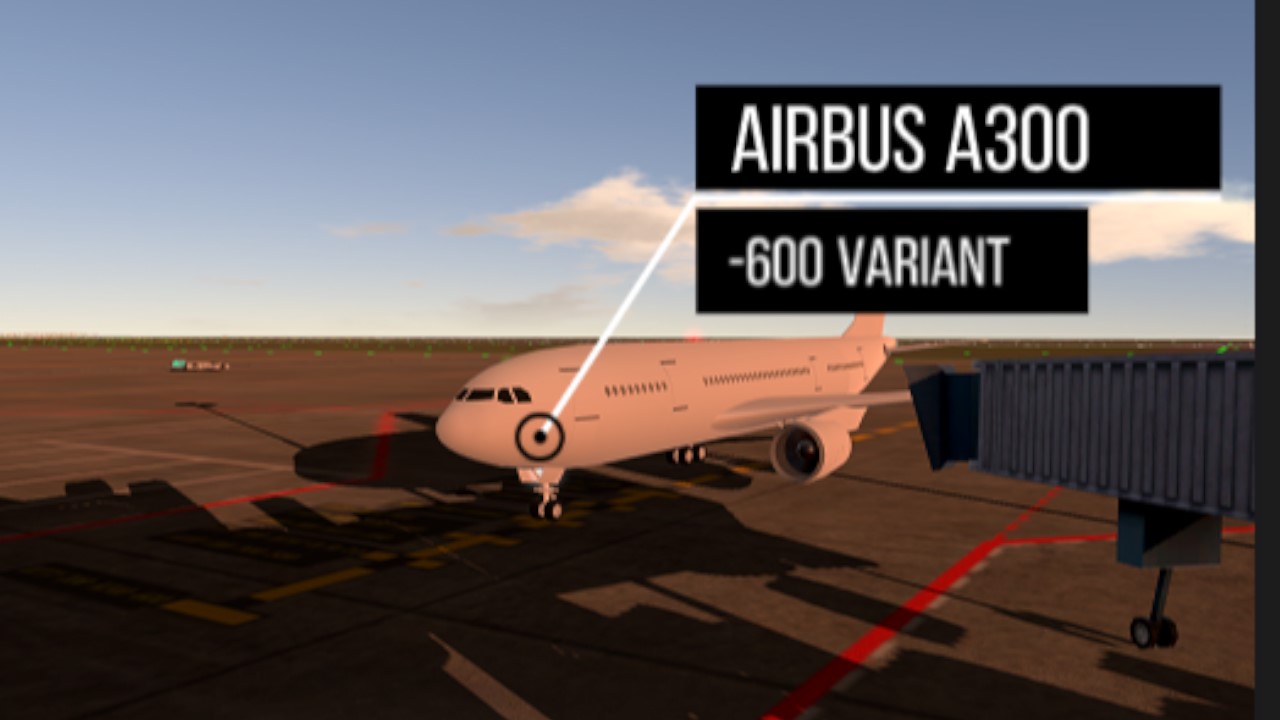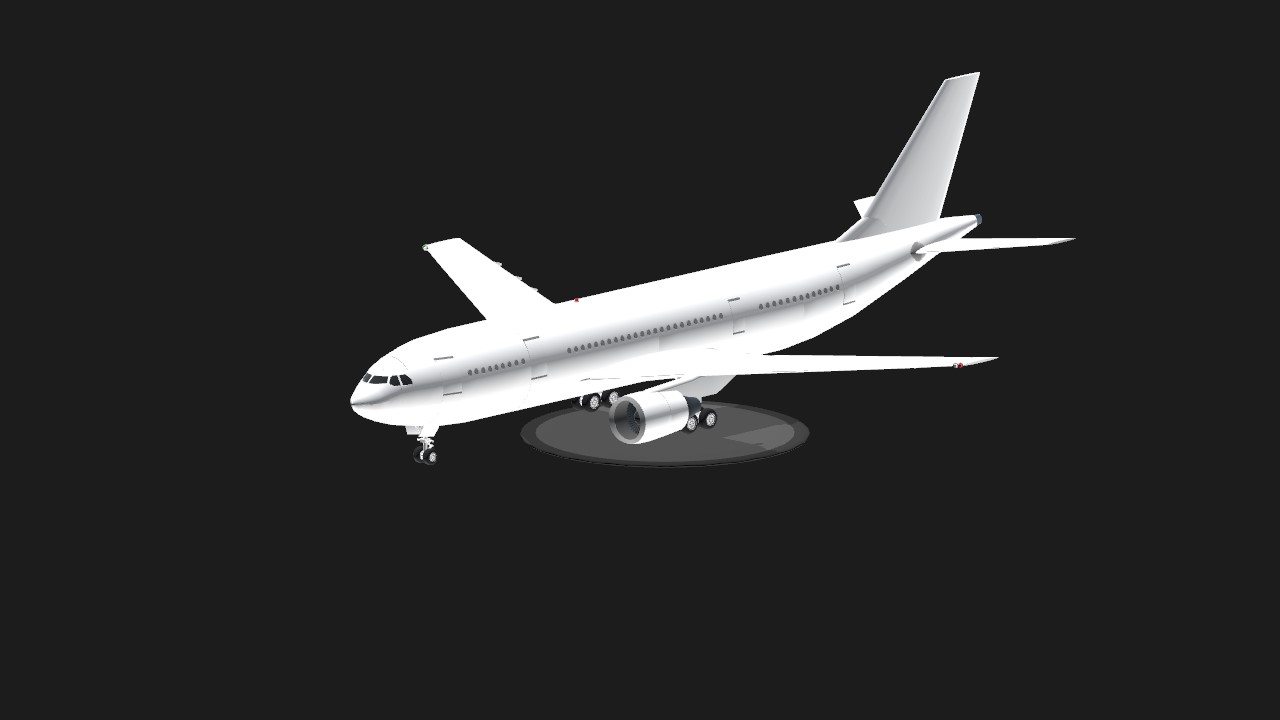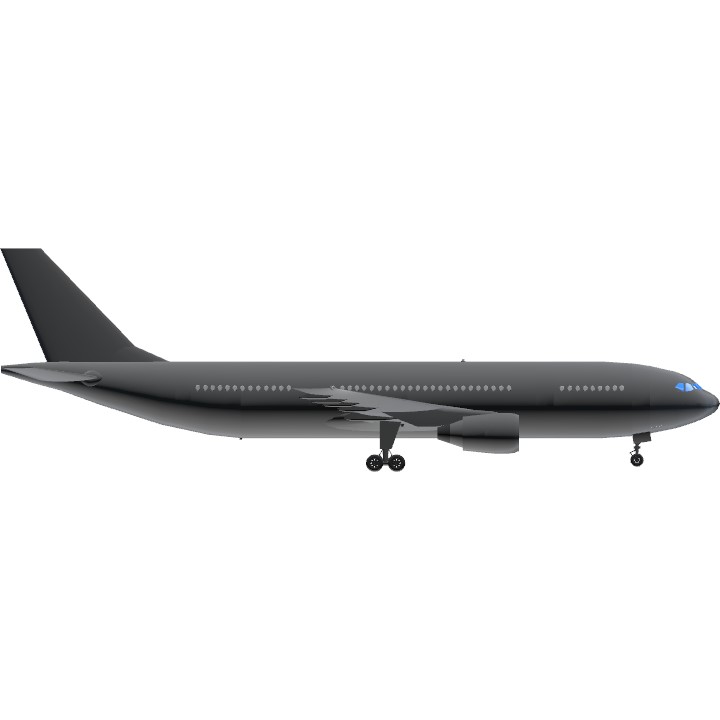Hello, Am back with a new aircraft
I have to give credit where credit is due: AverageFedExMD11's ''A300 Garuda Indonesia'' (i borrowed some parts from his plane) & DeadlyDialga's ''Airbus A300B4-605R American Airlines'' (i got the trim part from there)
WIKIIIIIIIIIIIIIIIIIIIIII
The Airbus A300 is Airbus' first production aircraft and the world's first twin-engine, double-aisle (wide-body) airliner, developed and manufactured by Airbus from 1971–2007.
In September 1967, aircraft manufacturers in the United Kingdom, France, and West Germany signed an initial memorandum of understanding to collaborate to develop an innovative large airliner. West Germany and France reached a firm agreement on 29 May 1969, after the British withdrew from the project on 10 April 1969. The pan-European collaborative aerospace manufacturer Airbus Industrie was formally created on 18 December 1970 to develop and produce it. The A300 prototype first flew on 28 October 1972.
The first twin-engine widebody airliner, the A300 typically seats 247 passengers in two classes over a range of 5,375 to 7,500 km (2,900 to 4,050 nmi; 3,340 to 4,660 mi). Initial variants are powered by General Electric CF6-50 or Pratt & Whitney JT9D turbofans and have a three-crew flight deck. The improved A300-600 has a two-crew cockpit and updated CF6-80C2 or PW4000 engines; it made its first flight on 8 July 1983 and entered service later that year. The A300 is the basis of the smaller A310 (first flown in 1982) and was adapted in a freighter version. Its cross section was retained for the larger four-engined A340 (1991) and the larger twin-engined A330 (1992). It is also the basis for the oversize Beluga transport (1994).
Unlike most Airbus products, it has a yoke, not using a fly-by-wire system.
Launch customer Air France introduced the type on 23 May 1974. After limited demand initially, sales took off as the type was proven in early service, beginning three decades of steady orders. It has a similar capacity to the Boeing 767-300, introduced in 1986, but lacked the 767-300ER range. During the 1990s, the A300 became popular with cargo aircraft operators, as both passenger airliner conversions and as original builds. Production ceased in July 2007 after 561 deliveries. As of September 2023, there are 197 A300 family aircraft still in commercial service.
When taking off make sure that TRIM is at:
|_ 100%
|
|_ <--- trim should be here on takeoff
|
|_ 0%
|
|_
|
|_ -100%
Specifications
General Characteristics
- Successors 1 airplane(s)
- Created On Windows
- Wingspan 146.9ft (44.8m)
- Length 173.6ft (52.9m)
- Height 53.9ft (16.4m)
- Empty Weight N/A
- Loaded Weight 96,409lbs (43,730kg)
Performance
- Power/Weight Ratio 0.669
- Horse Power/Weight Ratio 0.02
- Wing Loading 29.1lbs/ft2 (142.3kg/m2)
- Wing Area 3,307.8ft2 (307.3m2)
- Drag Points 12551
Parts
- Number of Parts 412
- Control Surfaces 9
- Performance Cost 2,827






